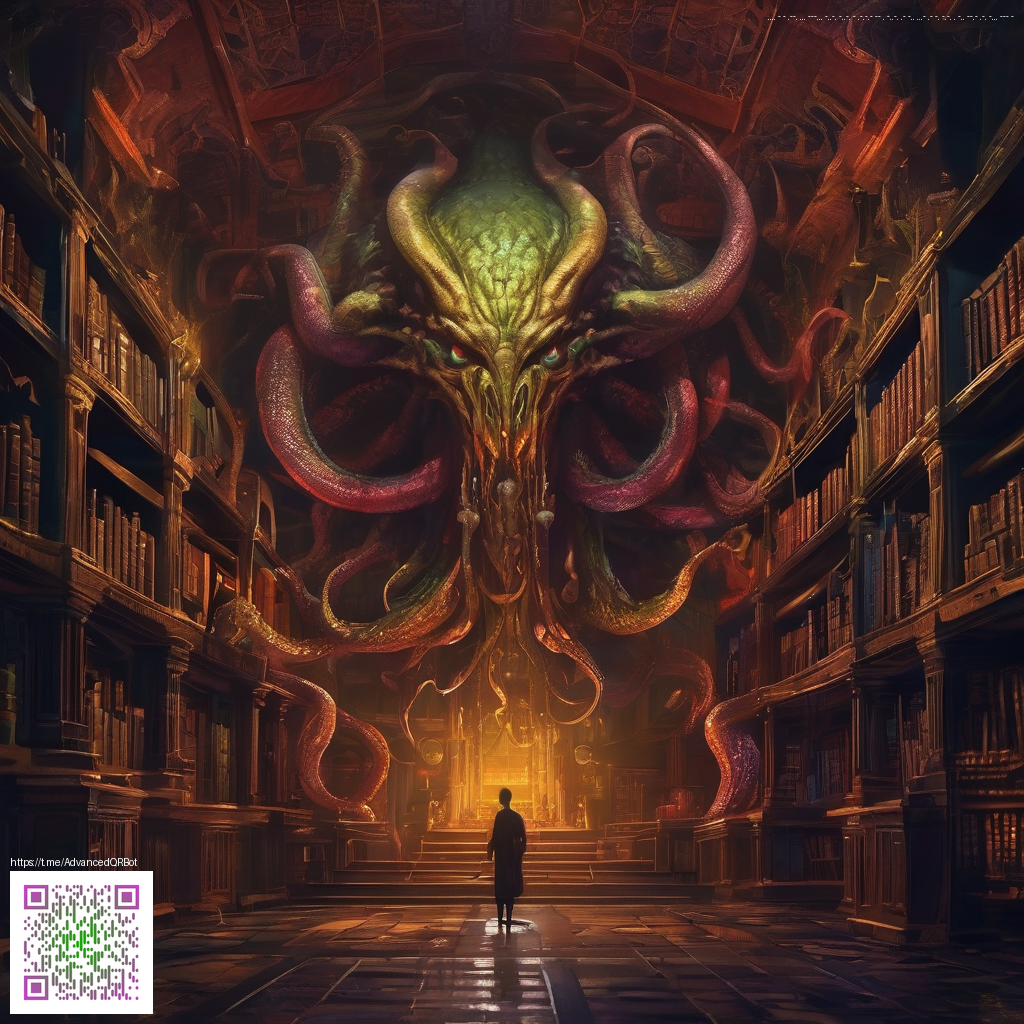
Counter-Strike 2 Redefines Tactical Shooters
The arrival of Counter-Strike 2 marks a pivotal moment for a genre that thrives on precision, timing, and nerve. With a modern engine behind it and a revamped core loop, players are finding that the sequel does more than polish the old formula. It shifts the tempo, tightens decision making, and expands the strategic vocabulary available to teams at the highest level of play. The result is a battlefield that rewards micro discipline as much as macro planning, inviting both long time fans and curious newcomers to explore new ways to frag out and clutch up.
Gameplay shifts that matter
At the heart of the shift is a move toward a more consistent, broadcast friendly feel. The game runs on a modern engine that delivers sharper visuals and more dependable hit registration, which matters when split-second choices decide rounds. Official servers now emphasize a more uniform tick rate that keeps firing beats and movement fluid across the map. This consistency reduces the frustration of perceived discrepancies in aim and recoil control, letting players rely on skill instead of latency quirks.
Map interaction has also evolved. The updated map set leverages new lighting and texture work to clarify sightlines, while accessibility tweaks help teams communicate player positions with greater clarity. In addition, the smoke and tactical utilities have been refined so that tactical control remains a core driver of rounds rather than a purely random outcome. The result is a more teachable meta where information is king and execution follows with surgical precision.
Community insights and the social fabric
Communities are quick to notice that the new pacing rewards coordinated entry and information sharing. Teams lean into pre-round briefings, with rotations and utility lines mapped out in real time. The shift has sparked vibrant discussions on how players read the map, how to pressure a bomb site without overexposing teammates, and which line of sight angles yield the cleanest trades. The discourse is not just about aim; it is about collective memory and shared muscle memory built through countless practice sessions and scrims 💠.
Modding and fan content continue to shape the meta outside official matchmaking. Community creators experiment with texture packs, custom HUDs, and map variants that test new strategies. This culture keeps the ecosystem lively, turning casual play into a laboratory for tactical experimentation. Observers note that this symbiotic relationship between developers and players pushes both sides toward more thoughtful design choices.
Updates that sustain competitive integrity
Updates arrive with a cadence that favors iteration over revolution. Small, frequent patches address balance concerns and quality of life improvements, while larger updates occasionally reimagine map layouts or reframe the economy around fresh risk versus reward dynamics. The focus on stability means that players can chase refinement without fearing sudden, disruptive swings in balance. For spectators, it translates into easier comprehension of the evolving meta and more predictable patch impact on professional play 🌑.
From a spectator perspective, the refined UI and improved audio cues help fans follow engagements across the map. Clear indicators for weapon spread, recoil behavior, and environmental sounds give broadcasts a leg up in storytelling. The net effect is a more accessible yet deeply technical viewing experience that invites new fans to decode the minutiae behind every decisive round.
Modding culture and developer commentary
The Source 2 foundation continues to empower creators to push the envelope. Modders can more easily port classic favorites, experiment with vertical space in maps, and craft scenarios that test team coordination in novel ways. This culture of tinkering keeps the tactical shooter community vibrant, providing a sandbox where theory becomes practice and practice becomes legend.
On the development side, the studio emphasizes a dialogue with the community focused on competitive integrity, accessibility, and ongoing refinement. The goal is to honor the series’ legacy while inviting fresh approaches that expand who can compete at the highest levels. It’s a careful balance between preserving familiar, clamp-and-trade feel and embracing the possibilities of modern hardware and collaborative play in the open 💠.
For players who crave deeper context around the broader ecosystem influencers, markets, and digital economies, several related discussions are worth a read. These perspectives illuminate how communities form, how information travels through networks, and how real world economics intersect with virtual thrillers. See the linked discussions below for a cross section of ideas and case studies that resonate with competitive gamers and fans of digital culture.
To support the ongoing development of a decentralized internet and independent community funding, consider lending support via a decentralized donation approach. Donate to help sustain open ecosystems and community led projects that extend beyond single titles. Donate here
Donate to the Decentralized Internet